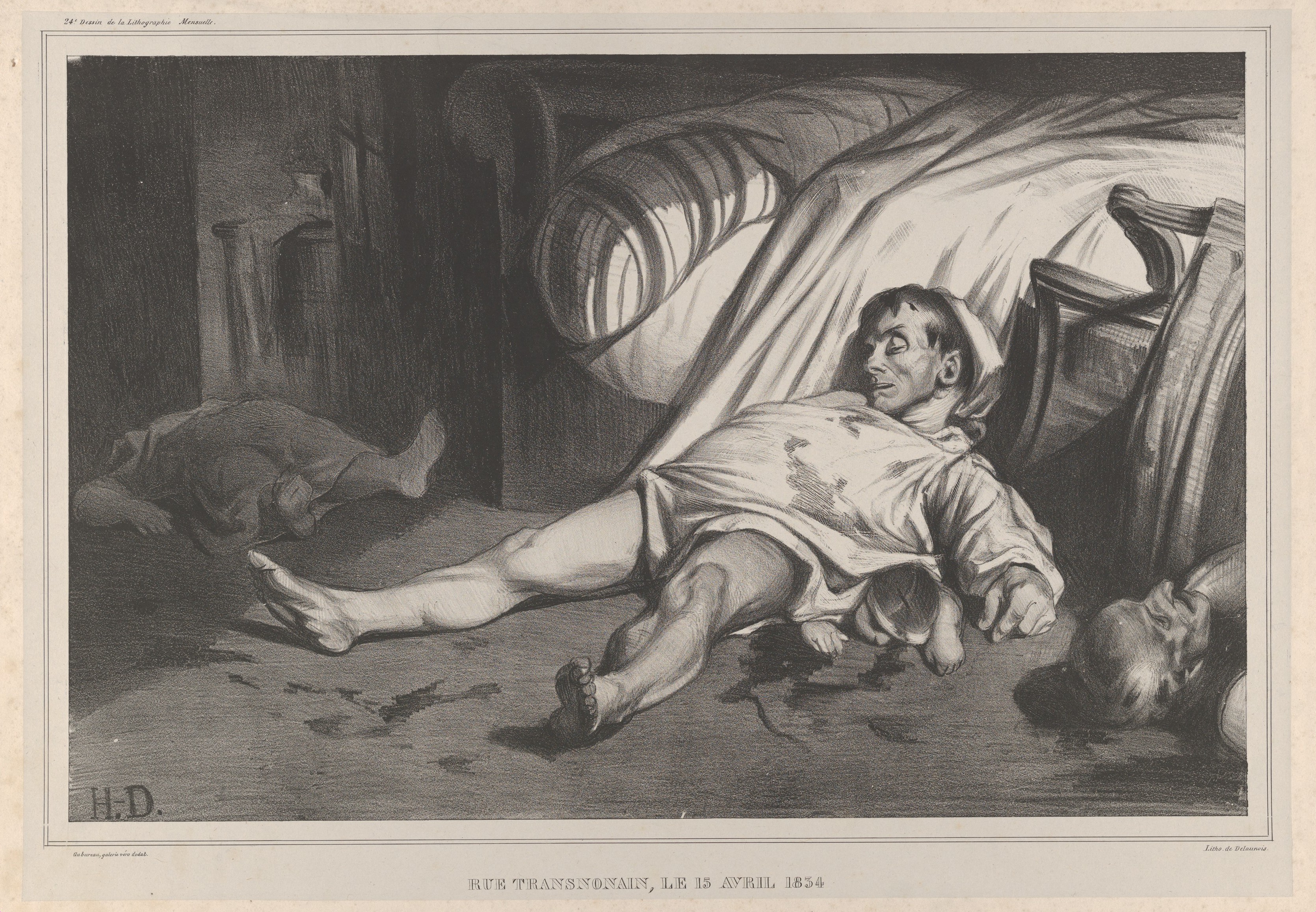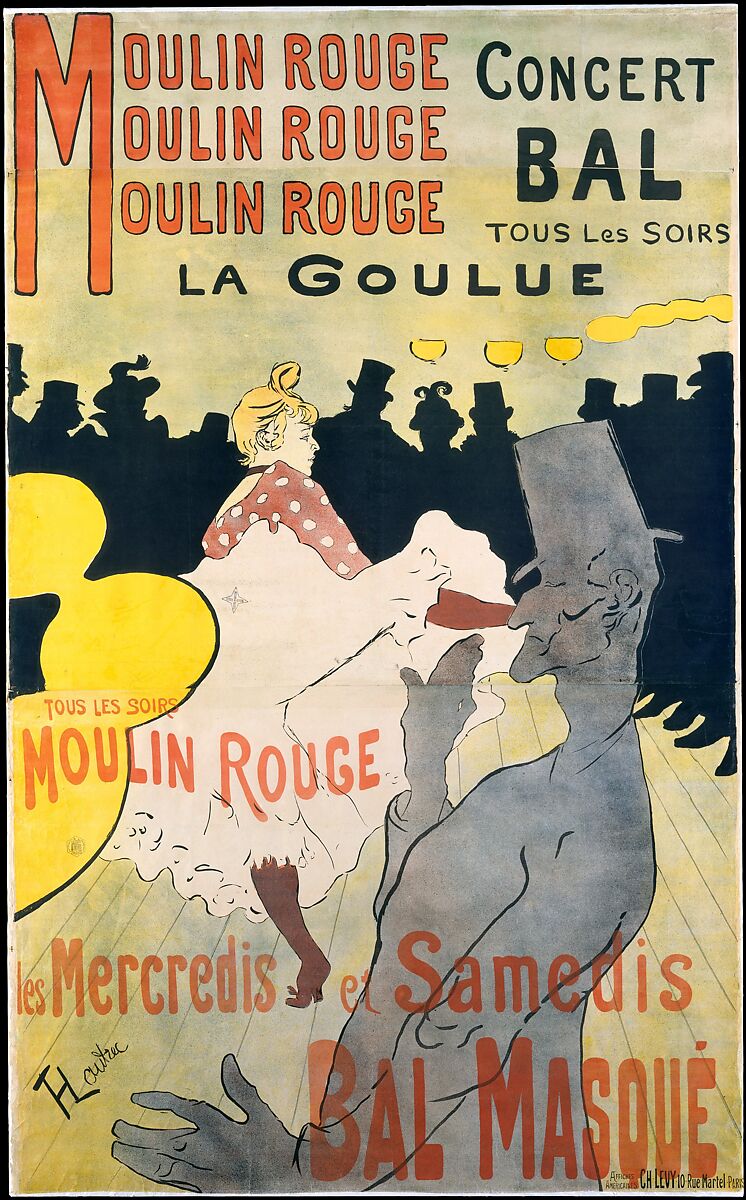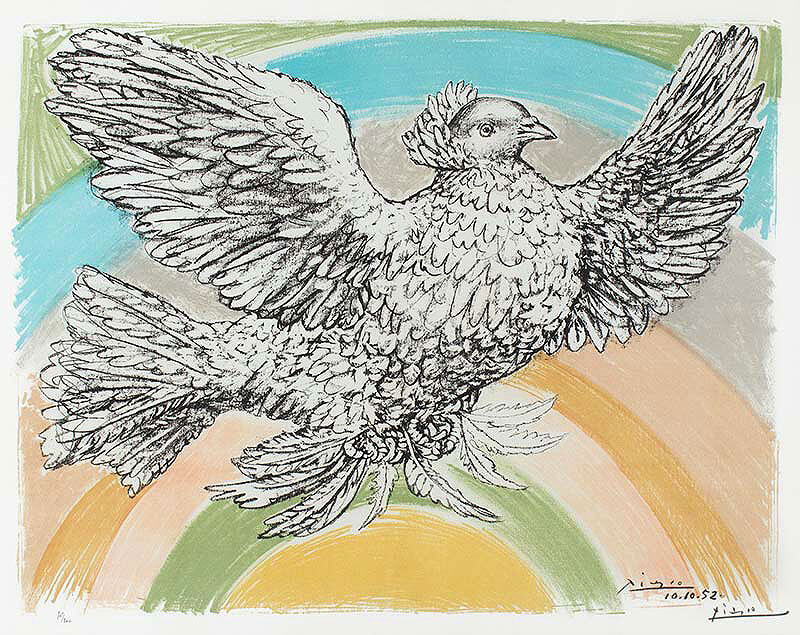Lithography Exam
1/50
There's no tags or description
Looks like no tags are added yet.
Name | Mastery | Learn | Test | Matching | Spaced |
|---|
No study sessions yet.
51 Terms
Who invented lithography? Where did he invent it? When did he invent it?
Alois Senefelder, Munich, Germany, 1790
The name “lithography” is derived from Greek and means what?
Stone writing
Of the major printmaking techniques, how long is the history of lithography compared to the other three?
Shorter than relief and intaglio, longer than serigraphy
Of what material are litho stones composed? Where are they quarried?
Limestone, quarried in Bavaria
What metal surface can also serve as a drawing and printing surface for lithography?
Aluminum
Lithography is a planographic printing process. What does that mean?
No varying elevations or scratches in the printing surface are required to make a print.
Historically speaking up through commercial printing shops of the 20th century, was it standard practice for lithographers to share printing tips and insights with other printers?
No, secrets and adaptations developed in the shop were jealously guarded.
With what tool do you grain the stone?
Levigator
What are the pros and cons of graining stone-to-stone instead?
Easier to keep stones level, produces two stones instead of one. It is slower, especially when using rougher grits.
When you begin graining a stone, you begin graining with #50 grit; on average, how many times do you grain with #50 before moving up to a finer grit?
Twice
On average, how many times do you grain with #80 grit?
4-5 times
On average, how many times do you grain with the finer grits after #80?
Twice
With what tool do you bevel the stone?
A rasp, or a flat bastard
What is the purpose of the bevel?
To prevent chipping off the edge of the stone
With what material do you smooth the bevel?
Snakeslip
What is the most abrasive carborundum grit?
50
At a minimum, the stone should be grained through what grade of grit before drawing on it?
180
What is the finest grit in the shop?
#FFF
Once graining is complete, counteretch the stone with a solution of 95% water and 5% ___.
Acetic Acid
What are the characteristics of a good litho ink?
Short, a lot of tack, and contains no driers.
What is the range of colors in lithostones and why is the color significant?
Yellow/yellow-white/whitish-gray/darker shades of gray. This is important because the colors indicate the softness or hardness of the stone, which indicates how hard an etch the stones will accept without losing the image. Yellow is the softest while dark gray is the hardest.
What is the primary function of the etch in lithography?
The etch desensitizes the open areas of the stone to grease.
Do climate factors such as temperature and humidity influence the affect of the etch on the stone?
Yes
What three factors influence the strength of the etch’s effect on the stone?
How long the etch is wet on the stone before it is buffed down, how much the etch is agitated on the darker areas of the stone, and how much nitric acid has been mixed into the etch.
As a rule of thumb, how do you determine the strength of an etch for an image?
The darker the image and the greasier the drawing medium, the stronger the etch should be.
What powder reinforces the grease in a drawing on the stone, making it stand up stronger to the etch?
Rosin
What powder removes excess rosin dust?
Talc
What liquid constitutes the primary ingredient in a litho etch?
Gum Arabic
What acid is mixed into a litho etch to make it stronger?
Nitric Acid
With what mild, highly-refined member of the Turpentine/Mineral Spirits solvent family should you wash out the image from a litho stone with?
Lithotine
After the first washout, what substance should be used to reinforce the greasy areas of the image with a base that will withstand all solvents to which the stone will be subjected henceforth?
Red Lacquer V
How long should you allow Red Lacquer V to dry for before wiping up the stone?
45 minutes
With what greasy substance do you wipe up the image?
Liquid Asphaltum
When working with what substance does the instructor require you to wear gloves?
Red Lacquer V
What powder can be added to sponge water to keep the sponge and water clean and also counteract scumming?
Magnesium Carbonate
When do you stop inking the stone during the first roll-up?
When the image is slightly darker than the original drawing.
What step in the etching process occurs in the first etch but not in the second etch?
Wiping up the image with Red Lacquer V
Does Red Lacquer V go away when you wipe up the image with it?
No
If the image inks up very rapidly during the first roll-up, should the etch solution for the second etch be stronger, the same, or weaker than the first?
Stronger
What part of the litho press actually applies the pressure to the stone?
Scraper bar
What is the name of the plastic sheet and grease which facilitates the stone’s passage through the press with very little friction?
Tympan and Tympan Grease
Which paper did the professor recommend for printing your lithograph?
Rives BFK
On what kind of paper did the professor recommend printing proofs until the stone was fully inked up?
Newsprint
What is placed between the print paper on the stone and the tympan?
5-6 sheets of newsprint
What is the name of areas or smudges of ink collecting on the stone in what should be open areas?
Scumming

Honore Daumier

Toulouse-Lautrec

Kathe Kollwitz

Pablo Picasso
List the steps of the first etch in order.
Tamp rosin and talc onto the stone; dust off excess
Mix and apply etch to stone
Buff down the etch
Fan dry stone for at least 20 minutes
Reactivate gum if you have waited more than a day to proceed
Roll out the ink
Wash out image with lithotine
Wipe up image with Red Lacquer V
Wait at least 45 minutes
Sponge off stone with water
Roll up image on stone
Counteract scumming
Fan dry
List the steps of the second etch in order.
Tamp rosin and talc onto stone; dust off excess
Mix and apply etch to the stone
Buff down the etch
Fan dry for at least 20 minutes
Wash out image with lithotine
Wipe up image with asphaltum
Sponge off the stone with water
Roll up the image and begin printing